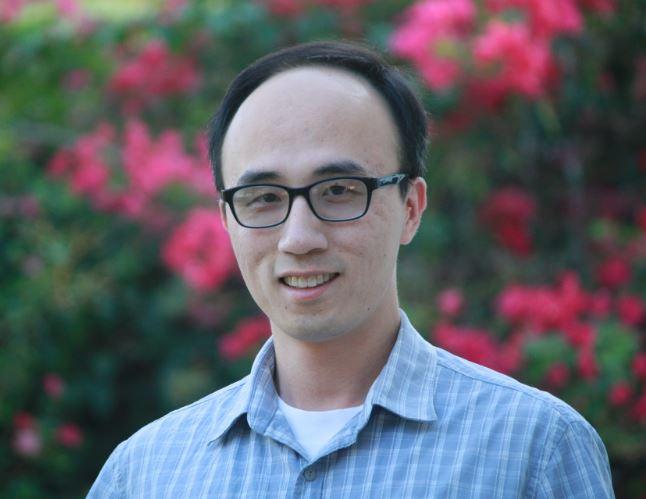UC Riverside-led study identifies mechanism that prevents death of neurons

Credit: Zheng lab, UC Riverside.
RIVERSIDE, Calif. — When our neurons — the principle cells of the brain — die, so do we.
Most neurons are created during embryonic development and have no “backup” after birth. Researchers have generally believed that their survival is determined nearly extrinsically, or by outside forces, such as the tissues and cells that neurons supply with nerve cells.
A research team led by Sika Zheng, a biomedical scientist at the University of California, Riverside, has challenged this notion and reports the continuous survival of neurons is also intrinsically programmed during development.
The study, published in the journal Neuron, identifies a mechanism the researchers say is triggered at neuron birth to intrinsically decrease a general form of cell death — or “apoptosis” — specifically in neurons. When this genetic regulation is stopped, continuous neuronal survival is disrupted and leads to the death of the animal.
An organism’s survival, brain function, and fitness are dependent upon the survival of its neurons. In higher organisms, neurons control breathing, feeding, sensation, motion, memory, emotion, and cognition. They can die of many unnatural causes, such as neurodegenerative diseases, injury, infection, and trauma. Neurons are long-lived cells, but the genetic controls that enable their longevity are unknown.
Zheng’s team now reports the central piece of the mechanism involved is a small piece of genetic sequence in Bak1, a pro-apoptotic gene whose activation leads to apoptosis. Bak1 expression is turned off when this small piece of genetic sequence, termed microexon, is spliced in the final Bak1 gene product. Exons are sequences that make up messenger RNA.
“Apoptosis is a pathway that controls cell turnover and tissue homeostasis in all metazoans,” explained Zheng, an associate professor of biomedical sciences. “Most non-neural cells readily engage in apoptosis in response to intrinsic and extrinsic stress. But this cellular suicidal program needs to be reined in for neurons so that they live for many years. We now show how genetic attenuation of neuronal apoptosis takes place.”
Zheng’s team identified the Bak1 microexon through a large-scale analysis of expression data from human tissues, mouse tissues, human developing brains, mouse developing forebrains, and mouse developing midbrains. The team first compared neural tissues with non-neural tissues in both humans and mice to identify neural-specific exons. Then, they found cortical neurons reduce their sensitivity to apoptosis as early as neuron birth. They also found apoptosis is gradually reduced during neuronal development before neurons make connections or innervate other cells, suggesting factors other than extrinsic signals can play a role.
“We show neurons transform how they regulate cell death during development,” Zheng said. “This is to ensure neuronal longevity, which is needed to maintain the integrity of neural circuits for brain functions.”
Next, Zheng’s team will study whether the identified mechanism is activated in neurodegenerative diseases and injury that cause neuronal cell death.
###
Zheng was joined in the research by Lin Lin and Min Zhang at UCR; Peter Stoilov at West Virginia University; and Liang Chen at the University of Southern California.
Zheng was supported by grants from the National Institutes of Health.
The research paper is titled “Developmental attenuation of neuronal apoptosis by neural specific splicing of Bak1 microexon.”
The University of California, Riverside is a doctoral research university, a living laboratory for groundbreaking exploration of issues critical to Inland Southern California, the state and communities around the world. Reflecting California’s diverse culture, UCR’s enrollment is more than 24,000 students. The campus opened a medical school in 2013 and has reached the heart of the Coachella Valley by way of the UCR Palm Desert Center. The campus has an annual statewide economic impact of almost $2 billion. To learn more, email [email protected].
Media Contact
Iqbal Pittalwala
[email protected]
Related Journal Article
http://dx.




